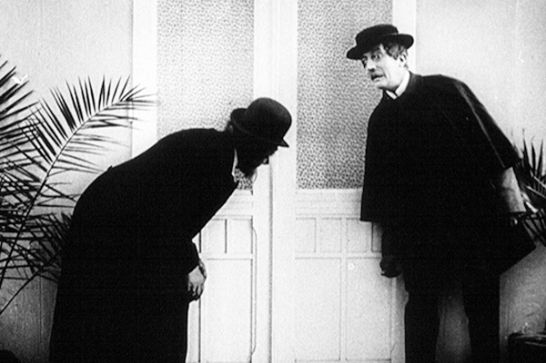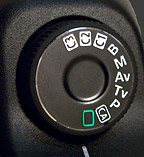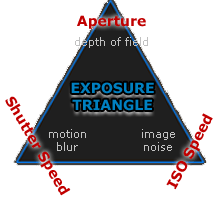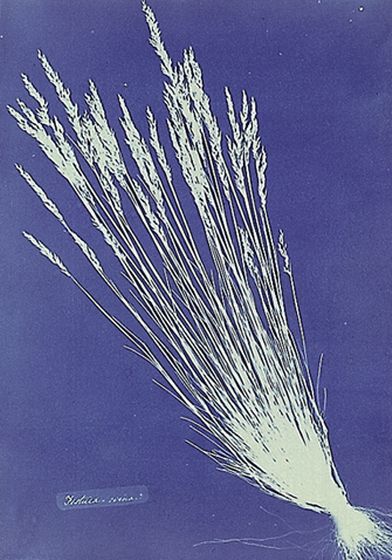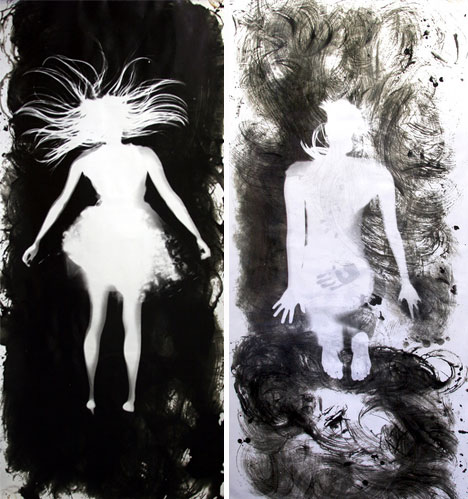
A photograph's exposure determines how light or dark an image will appear when it's been captured by your camera. Believe it or not, this is determined by just three camera settings: aperture, ISO and shutter speed (the "exposure triangle"). Mastering their use is an essential part of developing an intuition for photography
UNDERSTANDING EXPOSURE
Achieving the correct exposure is a lot like collecting rain in a bucket. While the rate of rainfall is uncontrollable, three factors remain under your control: the bucket's width, the duration you leave it in the rain, and the quantity of rain you want to collect. You just need to ensure you don't collect too little ("underexposed"), but that you also don't collect too much ("overexposed"). The key is that there are many different combinations of width, time and quantity that will achieve this. For example, for the same quantity of water, you can get away with less time in the rain if you pick a bucket that's really wide. Alternatively, for the same duration left in the rain, a really narrow bucket can be used as long as you plan on getting by with less water.
In photography, the exposure settings of aperture, shutter speed and ISO speed are analogous to the width, time and quantity discussed above. Furthermore, just as the rate of rainfall was beyond your control above, so too is natural light for a photographer.
EXPOSURE TRIANGLE: APERTURE, ISO & SHUTTER SPEED
Each setting controls exposure differently:
Aperture: controls the area over which light can enter your camera
Shutter speed: controls the duration of the exposure
ISO speed: controls the sensitivity of your camera's sensor to a given amount of light
One can therefore use many combinations of the above three settings to achieve the same exposure. The key, however, is knowing which trade-offs to make, since each setting also influences other image properties. For example, aperture affects
depth of field, shutter speed affects motion blur and ISO speed affects
image noise.
The next few sections will describe how each setting is specified, what it looks like, and how a given camera exposure mode affects their combination.
SHUTTER SPEED
A camera's shutter determines when the camera sensor will be open or closed to incoming light from the camera lens. The shutter speed specifically refers to how long this light is permitted to enter the camera. "Shutter speed" and "exposure time" refer to the same concept, where a faster shutter speed means a shorter exposure time.
By the Numbers. Shutter speed's influence on exposure is perhaps the simplest of the three camera settings: it correlates exactly 1:1 with the amount of light entering the camera. For example, when the exposure time doubles the amount of light entering the camera doubles. It's also the setting that has the widest range of possibilities:
| Shutter Speed | Typical Examples |
|---|
| 1 - 30+ seconds | Specialty night and low-light photos on a tripod |
| 2 - 1/2 second | To add a silky look to flowing water
Landscape photos on a tripod for enhanced depth of field |
| 1/2 to 1/30 second | To add motion blur to the background of a moving subject
Carefully taken hand-held photos with stabilization |
| 1/50 - 1/100 second | Typical hand-held photos without substantial zoom |
| 1/250 - 1/500 second | To freeze everyday sports/action subject movement
Hand-held photos with substantial zoom (telephoto lens) |
| 1/1000 - 1/4000 second | To freeze extremely fast, up-close subject motion
https://www.youtube.com/watch?v=UecPqm2Dbes |


